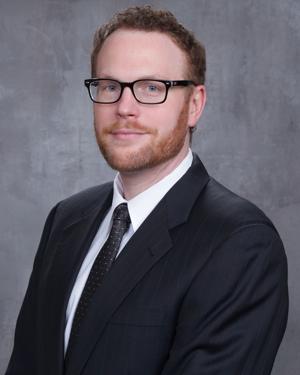Are you afraid of anything? If you are, don’t be “scared” to admit it because, even so, you are in good company. For instance, our nation’s first president, George Washington, was afraid of being buried alive (taphophobia). John Madden, the esteemed NFL coach and announcer, had both aerophobia (the fear of flying) and claustrophobia (the fear of confined spaces).
These phobias caused him to avoid flying altogether and instead drive to football stadiums across the country in his “Madden Cruiser.” Similarly, revolutionary filmmaker Afred Hitchcock had a unique fear of eggs (ovaphobia). Hitchcock summed up this fear by asking a single question, “Have you ever seen anything more revolting than an egg yolk breaking and spilling its yellow liquid?” And, for what it’s worth, I have a bit of Atelophobia (the fear of making mistakes).

You see, contrary to popular sentiment, it’s OK to be afraid, because we are all afraid of something. Fear is the topic of many conversations these days. Yet, while fear is a common emotion, our natural response to fear is problematic.
Often, once something triggers our fears, we become anxious and respond by fleeing from, or avoiding, the problem. These responses are counterproductive because, unfortunately, the world is full of fear triggers. A person only needs to spend time on social media to find several posts discussing fear of the economy, fear over world affairs, or fear concerning our physical health and well-being.
And therein lies the problem. While fear triggers are pervasive, no one offers a solution about how we can overcome our fears. Yet, during the Great Depression, President Franklin Roosevelt stated, “The only thing we have to fear is fear itself,” meaning that being afraid often causes more harm than the thing that triggers our fear.
Which begs the question, how can we overcome our fears so that we do not, as the philosopher Epictetus noted, “suffer more in imagination than we do in reality?” It starts by focusing on two words: control and action. If you feel afraid about something over which you have control, take some action -- however small -- to lessen your fear. Conversely, if your fear stems from something entirely outside of your control, embrace uncertainty and instead focus on actions within your control.
Once we accept what we do not control, we can properly devote our energy toward those actions that we do. Yet, this is easier said than done because changing one’s mindset is a slow process. In the Army, I often heard people recite the phrase, “slow is smooth, smooth is fast.
” It is a statement that soldiers utter during high-pressure situations and stressful times. It means if you act in a slow and methodical fashion, eventually the process will become smooth, and once the process becomes smooth, you will accomplish the task quickly. Similarly, we can overcome our fears by slowly taking actions within our control to confront our fears.
These small steps will, over time, create a smooth process that will help us quickly conquer our future fear triggers. Even though life is full of fear and uncertainty, we cannot run away from fear because that would mean we would also be running away from life. Instead, we must learn to run toward fear and, thus, toward life.
Because, as Mark Twain understood, “Do the thing you fear, and the death of fear is certain.” Jonathan O’Konek is an attorney, author and Army veteran who lives with his wife and two children in Bismarck. Catch the latest in Opinion.
Politics

Speaking out: Slow is smooth, smooth is fast

Are you afraid of anything? If you are, don’t be “scared” to admit it because, even so, you are in good company.















